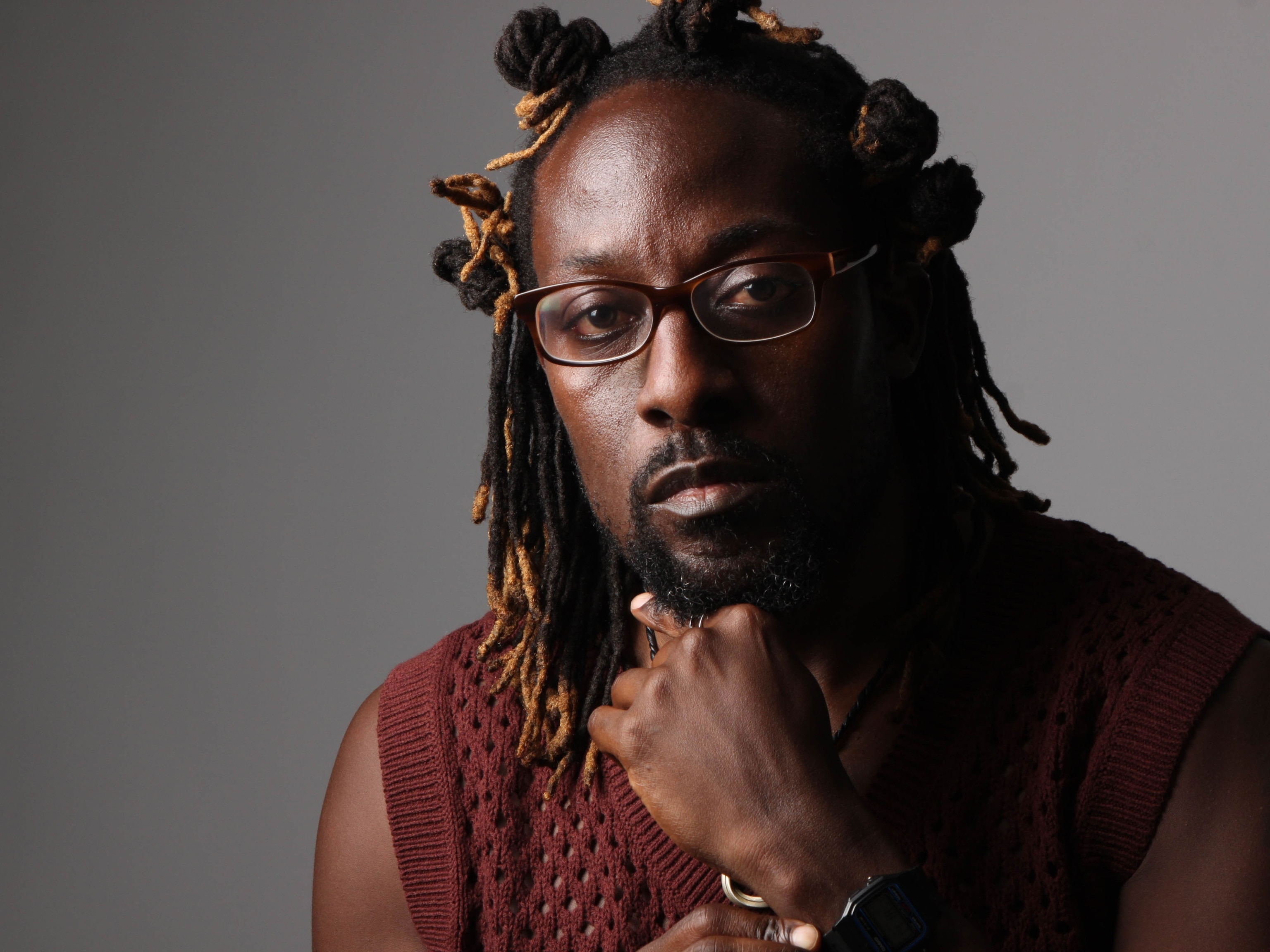
Why Jamaican reggae and Finnish saunas have UNESCO status
World Heritage lists aren’t just about ancient temples. They also spotlight crafts, dances, and other cultural treasures.
The Egyptian pyramids. Machu Picchu. The Palace of Versailles. You know them as UNESCO World Heritage sites—places of such universal cultural value that the United Nations recognizes them.
But what about Singapore street food hawkers? Or Finnish saunas? Or Jamaican reggae music?
Cultural practices aren’t concrete places that you can easily protect with a restoration. But they make the world more diverse, interesting, and even delicious.
What is UNESCO?
Part of the mission of the United Nations Educational, Scientific, and Cultural Organization is to designate sites of universal cultural value, such as Angkor Wat in Cambodia or the Leaning Tower of Pisa in Italy.
When did UNESCO start its intangibles program?
In 2008, UNESCO began designating living cultural traditions such as Sicilian puppet theater and Mexico’s Day of the Dead ceremonies. The program launched, in part, to recognize traditions from places with fewer ancient or unaltered structures eligible to become World Heritage Sites.
Why traditions need safeguarding, too:
The list is as varied as the world’s cultures themselves. And as important to fight for, says Cécile Duvelle of UNESCO. “The more globalized the world becomes, the more important it is not to lose forever these traditional roots.” Though the list isn’t designed to drum up tourism, recognition can help increase interest from both locals and potential visitors.
Take Indonesian gamelan orchestras, for example:
Newly inscribed on the intangibles list this year, a gamelan is an Indonesian percussive orchestra which includes xylophones, gongs, cymbals, bamboo flutes, and other instruments. People of all ages play in the groups, which perform for holidays, school events, and tourists. It’s a custom that passes from one generation to the next and a tradition cementing social ties and marking Indonesian identity.
The list is growing:
There are 629 practices currently on the Intangible Cultural Heritage list. The latest batch includes the Congolese rumba, Arabic calligraphy, and Nordic clinker boats. More will be added each year.
It all goes back to UNESCO’s mission to promote peace through respect of the world’s varied cultures and common humanity.
This piece, written by Amanda Ruggeri, first appeared in May 2015. It has been updated and expanded.
You May Also Like
Go Further
Animals
- This ‘saber-toothed’ salmon wasn’t quite what we thoughtThis ‘saber-toothed’ salmon wasn’t quite what we thought
- Why this rhino-zebra friendship makes perfect senseWhy this rhino-zebra friendship makes perfect sense
- When did bioluminescence evolve? It’s older than we thought.When did bioluminescence evolve? It’s older than we thought.
- Soy, skim … spider. Are any of these technically milk?Soy, skim … spider. Are any of these technically milk?
- This pristine piece of the Amazon shows nature’s resilienceThis pristine piece of the Amazon shows nature’s resilience
Environment
- This pristine piece of the Amazon shows nature’s resilienceThis pristine piece of the Amazon shows nature’s resilience
- Listen to 30 years of climate change transformed into haunting musicListen to 30 years of climate change transformed into haunting music
- This ancient society tried to stop El Niño—with child sacrificeThis ancient society tried to stop El Niño—with child sacrifice
- U.S. plans to clean its drinking water. What does that mean?U.S. plans to clean its drinking water. What does that mean?
History & Culture
- Meet the original members of the tortured poets departmentMeet the original members of the tortured poets department
- Séances at the White House? Why these first ladies turned to the occultSéances at the White House? Why these first ladies turned to the occult
- Gambling is everywhere now. When is that a problem?Gambling is everywhere now. When is that a problem?
- Beauty is pain—at least it was in 17th-century SpainBeauty is pain—at least it was in 17th-century Spain
- The real spies who inspired ‘The Ministry of Ungentlemanly Warfare’The real spies who inspired ‘The Ministry of Ungentlemanly Warfare’
Science
- Here's how astronomers found one of the rarest phenomenons in spaceHere's how astronomers found one of the rarest phenomenons in space
- Not an extrovert or introvert? There’s a word for that.Not an extrovert or introvert? There’s a word for that.
- NASA has a plan to clean up space junk—but is going green enough?NASA has a plan to clean up space junk—but is going green enough?
- Soy, skim … spider. Are any of these technically milk?Soy, skim … spider. Are any of these technically milk?
- Can aspirin help protect against colorectal cancers?Can aspirin help protect against colorectal cancers?
Travel
- What it's like to hike the Camino del Mayab in MexicoWhat it's like to hike the Camino del Mayab in Mexico
- Is this small English town Yorkshire's culinary capital?Is this small English town Yorkshire's culinary capital?
- This chef is taking Indian cuisine in a bold new directionThis chef is taking Indian cuisine in a bold new direction
- Follow in the footsteps of Robin Hood in Sherwood ForestFollow in the footsteps of Robin Hood in Sherwood Forest




